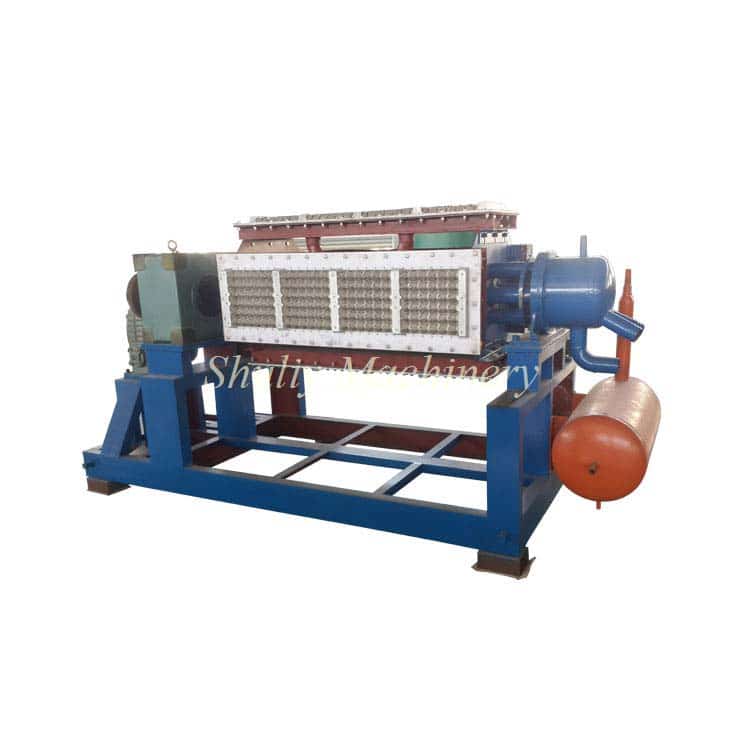Overseas Market of Egg trays
The egg tray machine is an environmentally friendly tool for making paper egg trays. The egg tray is made from raw materials such as news paper,grass paper. Countries such as the United States and Japan are the first countries to use egg trays, and the egg tray market in these countries has matured. In recent years, because of the increasing emphasis on environmental protection issues in both daily life and enterprise manufacturing, the egg tray made of waste paper has also been more and more popular.
Generally speaking, the size of the egg tray mold is graded according to the size of the egg, which is generally divided into three grades. The number of eggs that can be placed varies from 6 to 42. However, different countries have different specifications and materials for egg trays. Japan generally advocates the use of plastic egg trays to carry eggs. The plastic egg tray is generally transparent in color and can be used to visually observe the shape of the egg. On the other hand, the plastic egg tray is beneficial for recycling and reuse and can be put into use after being washed and disinfected.
But compared with the plastic egg tray, paper egg tray is more popular. Although plastic egg holders can be recycled, the high cost of sterilization and disinfection has deterred many people. On the contrary, because of the low production cost, low recovery cost and good protection performance of paper egg tray, these characteristics make paper egg tray more popular.

Advantages of a paper egg tray machine:
1. The production process is non-polluting and meets environmental protection requirements.
2. Low production costs. Various waste papers can be used to make egg trays.
3. Good gas permeability, good seismic performance, good water absorption, hydrophobicity, and heat insulation. It can avoid the bumping of eggs during transportation and the breeding of bacteria in a closed environment.
4. The consumption of water in the production process is small, and relevant additives can be added in the process of pulping so that the product has the characteristics of acid resistance, alkali resistance, sun protection, waterproof, oil-proof and no deformation.
5. The small size, the produced products can be piled up.
